Introduction
The attention deficit hyperactivity disorder (ADHD) is one of the most common neuropsychological disorders in childhood, and its proper treatment is crucial for the development of the children affected by it.
However, even today many professionals face the challenge of designing therapies that are not only effective but also motivating and tailored to each child’s specific needs.
If you are a healthcare professional, educator, or therapist, you may already be familiar with traditional approaches, which are mainly based on pharmacological treatments. But, did you know that ADHD requires a more complex and personalized intervention that combines cognitive stimulation and technology?
Continue reading to discover how NeuronUP can transform your practice and improve outcomes for your young clients!
Current context in the treatment of ADHD
The ADHD is organized around two dimensions: inattention and hyperactivity-impulsivity, which significantly interfere with the development and daily functioning of children.
Nevertheless, cognitive functioning goes beyond these behavioral manifestations, being characterized mainly by a deficit in executive functions, such as planning, inhibitory control, behavioral and/or emotional regulation, or working memory, among others.
For this reason, current intervention models have evolved toward multimodal approaches in which rehabilitation and cognitive stimulation play a key role compared to the traditional prominence of pharmacological treatments.
Many studies have already shown that multimodal cognitive training, especially when aimed at improving executive functions, can be effective not only in reducing the core symptoms of ADHD, but also in improving each child’s overall adaptive functioning.

Subscribe
to our
Newsletter
Why are technologies an effective solution in the treatment of ADHD?
Today, the use of technologies is a highly useful complementary tool within these multimodal approaches.
Interactive and dynamic activities allow working on key aspects of ADHD, such as sustained attention, working memory and planning, in an engaging and entertaining way. Additionally, technology offers the advantage of being a highly customizable and adaptive resource, which facilitates a more individualized approach.
The use of technology in ADHD interventions makes sessions more engaging, preventing children from becoming bored or frustrated, something common in traditional therapies.
The key to success lies in cognitive stimulation
Childhood is a period of maximum brain plasticity, which makes cognitive stimulation a unique opportunity for children’s development.
Beyond strengthening basic functions such as memory or attention, cognitive stimulation aims to improve functional independence, academic performance and quality of life in general.
Children with ADHD face notable difficulties in functions such as inhibitory control, working memory and behavioral regulation. However, studies have shown that interventions focused on improving these areas, like those implemented in NeuronUP, are highly effective.
Cognitive stimulation for ADHD with NeuronUP
One of NeuronUP’s most innovative aspects is its ability to offer personalized therapies tailored to the profile of each young client.
Each child with ADHD presents a unique profile in terms of their cognitive and behavioral difficulties, and NeuronUP adjusts activities to respond to those individual needs. This is crucial because ADHD is a highly heterogeneous disorder, which means not all children respond in the same way to traditional interventions.
NeuronUP allows working on key executive functions such as:
- Selective and sustained attention.
- Working memory.
- Planning and organization.
- Inhibitory control and emotional self-regulation.
Transform your ADHD interventions with NeuronUP
If you are looking for an effective and innovative tool to improve therapies with children with ADHD, NeuronUP is the perfect solution, as it combines cognitive stimulation with the use of technology, adapting to each child’s needs and providing a dynamic and motivating environment.
Get a detailed manual right now so you can design and plan cognitive stimulation therapies for children with ADHD.
If you enjoyed this article about the optimization of therapies for ADHD, you will likely be interested in these NeuronUP articles:
“This article has been translated. Link to the original article in Spanish:”
Optimización de terapias para el TDAH

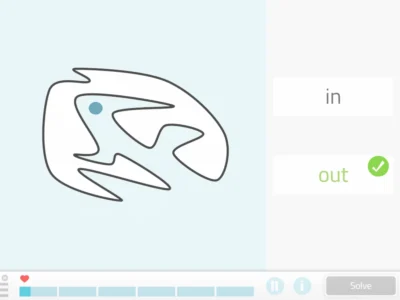
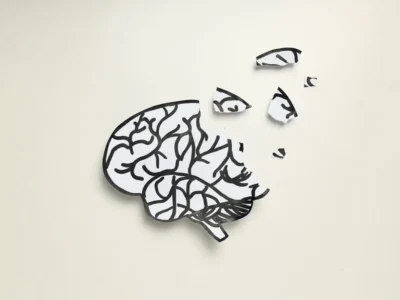
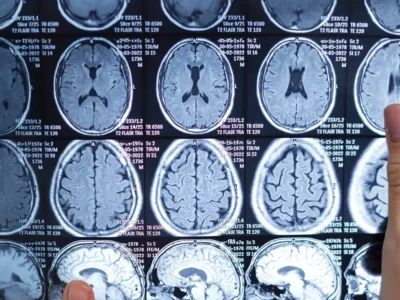
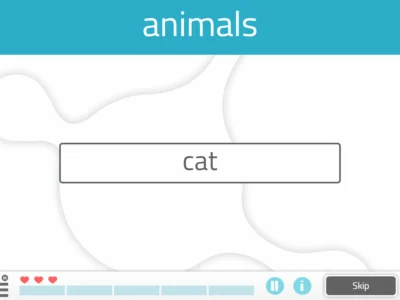
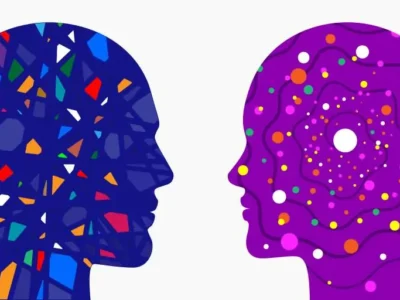

 Early screening for Parkinson’s disease with AI: the smile as a digital biomarker
Early screening for Parkinson’s disease with AI: the smile as a digital biomarker
Leave a Reply